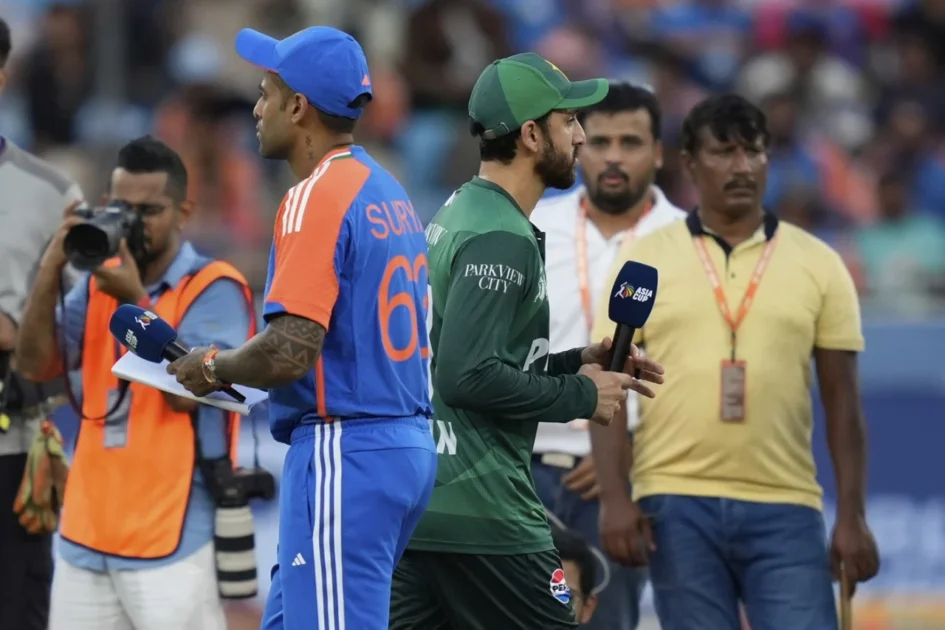- Web Desk
- Today
Has Israel dismantled Iran’s Axis of Resistance?
The assassination of Hassan Nasrallah raises a critical question: has Israel successfully dismantled Iran’s Axis of Resistance? As Israeli troops launch a ground offensive in southern Lebanon, the situation is dire and the implications are significant. Western media claims that Iran’s proxies have been effectively neutralized, asserting that Israel’s offensive has dealt a devastating blow to groups like Hezbollah and Hamas. But a closer look reveals that the reality is far more nuanced.
Despite the narrative that Hezbollah and Hamas are disbanded, these groups operate with a degree of independence. Even if the Islamic Revolutionary Guard Corps (IRGC) exerts control, local commanders in Lebanon and Yemen make their own decisions based on immediate circumstances. This autonomy often results from communication disruptions and the chaotic environment of warfare. Furthermore, the suggestion that Iran has disowned its proxies overlooks the historical context in which Middle Eastern countries have fought against Israel. Today, the dynamics have shifted, with Iran collaborating with Hezbollah and Hamas to present a united front against Israeli aggression.
The relationship between regional powers and their stance on Israel has evolved dramatically since the 1967 Arab-Israeli War. After that conflict, Israel shifted its focus to Lebanon, leading to the rise of Hezbollah in 1982 as an armed resistance group. Despite facing significant military setbacks, Israel managed to create a buffer zone in southern Lebanon, only to be forced to retreat due to Hezbollah’s effective guerrilla warfare.
In 2006, Israel launched another ground invasion of Lebanon, but again met resistance from Hezbollah, which successfully eliminated top Israeli commanders. Israel has a history of unsuccessful ground invasions, and the current operation raises questions about its strategy. Equipped with advanced technology and artificial intelligence, Israel appears to have the upper hand, yet its ground offensives have proven challenging.
The recent deployment of the 98th Division paratroopers, one of Israel’s primary strike forces, alongside 14,000 troops, underscores the urgency of the situation. The objectives are clear: Israel seeks to erase the shame of previous defeats and respond to mounting public pressure as communities along the northern border evacuate. The stark reality is that Israel’s military strategy is increasingly destructive, as noted by Major General Gadi Eisenkot, who warned that Israel would not hesitate to destroy “every village from which Israel is fired on.”
However, Hezbollah’s response to this escalating conflict remains uncertain. The group possesses the Radwan Force, an elite unit adept at guerrilla warfare, which thrives in the difficult mountainous terrain parallel to the Mediterranean Sea. The Litani River also offers strategic advantages for ambush attacks, further complicating Israeli military operations.
Despite claims that Iran’s proxies have been dismantled, the Supreme Leader has emphasized that Hezbollah and resistance forces have emerged victorious. It’s time for Iran to reassess its strategies and consider developing indigenous technologies for communication rather than relying on foreign suppliers. Recent events, including the interception of communications and the detonation of Hezbollah beepers, highlight the vulnerabilities these groups face.
Iran must recalibrate its approach to the conflict and understand Israel’s true intentions. Are they simply seeking to establish a lasting presence in Lebanon, or do they intend to create a situation akin to what they have done in Gaza? While Israel currently enjoys a tactical advantage, its actions against civilian infrastructure homes, schools, and hospitals speak volumes about its desperation. If Israel had truly defeated the fighters in Gaza, the West Bank, and Lebanon, it wouldn’t need to resort to such brutality.
The reality of warfare in Lebanon is fraught with risks. Although Israel’s military has trained extensively to confront Hezbollah, the unpredictable nature of conflict could lead to devastating consequences for both sides. The events of 2006 serve as a reminder that operations can shift from success to failure in a heartbeat. If Hezbollah decides to unleash its vast arsenal of rockets and missiles, the potential for destruction could surpass anything seen in the past.
Despite the pressure to respond aggressively, Hezbollah has been cautious about escalating the conflict into an all-out war, largely due to the severe political and economic crises plaguing Lebanon. A broader conflict could exacerbate an already dire situation, making the stakes even higher for all parties involved.
While Israel may relish its recent tactical gains, the long-term implications of this conflict remain murky. Occupying Lebanon is not a feasible option; Hezbollah could retreat deeper into the country, engaging in a war of attrition that drains Israeli resources. The resistance’s resilience, shaped by history and local dynamics, remains a potent force against Israeli aggression.
As the dust settles in the wake of Nasrallah’s assassination, the reality is clear: the Axis of Resistance is far from dismantled. The interplay of local autonomy, regional politics, and historical grievances will continue to shape the trajectory of this ongoing conflict. Israel may have claimed a victory, but the narrative of resistance is deeply rooted and will not be easily extinguished. The question now is how this complex game of power and strategy will evolve in the months and years to come.






